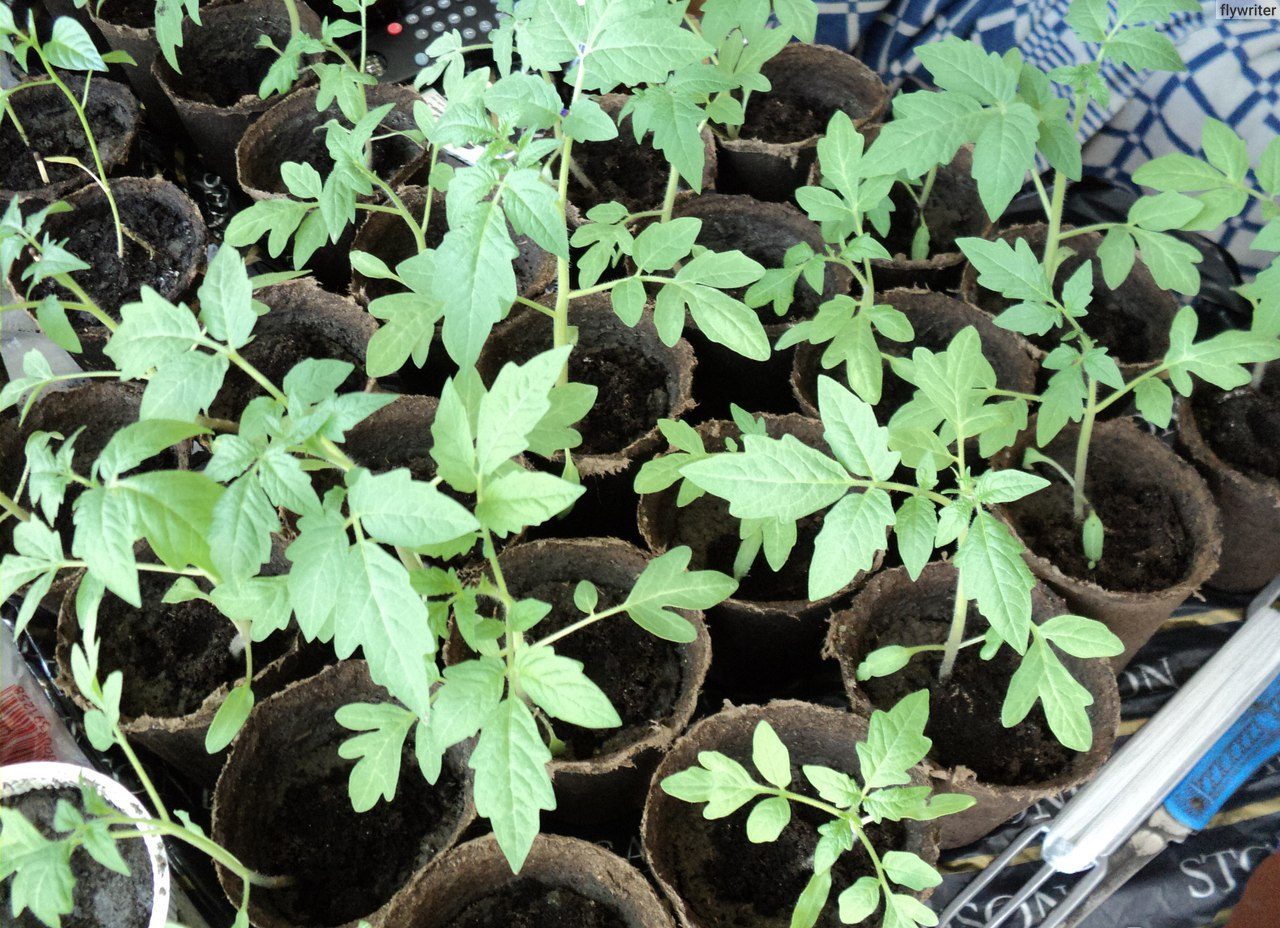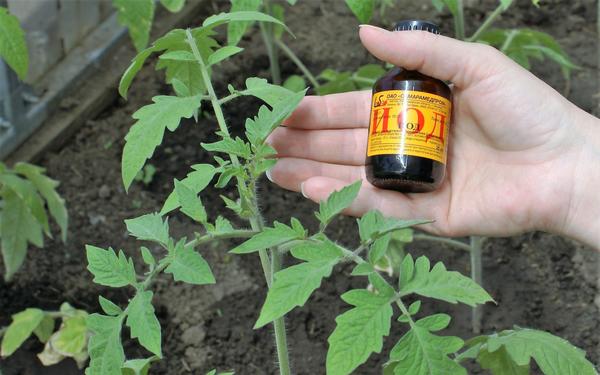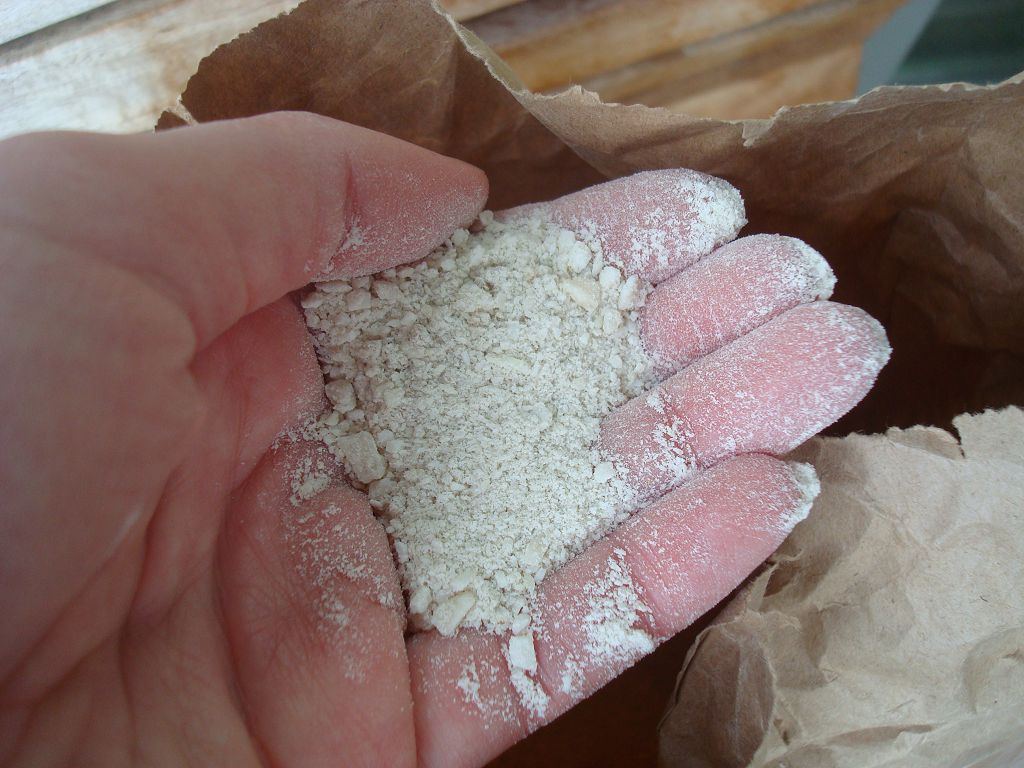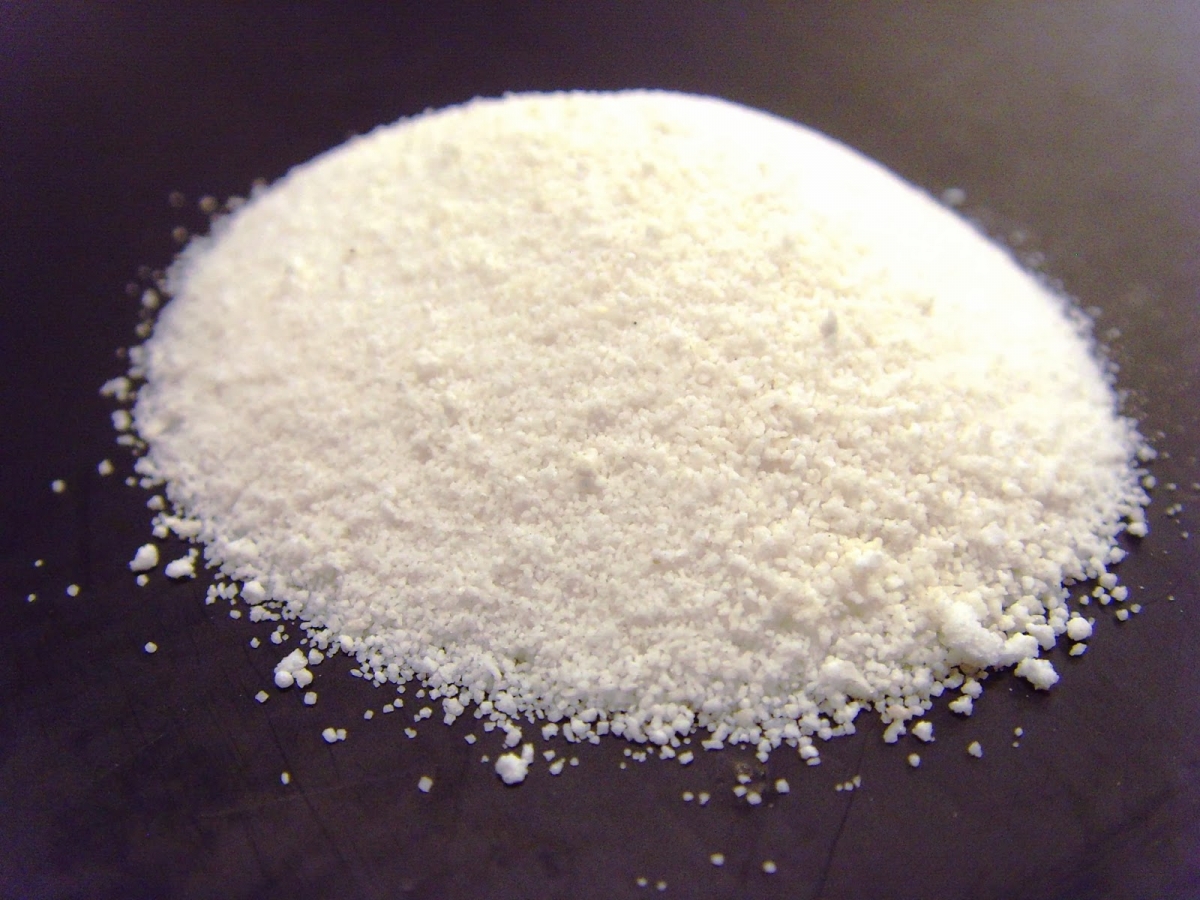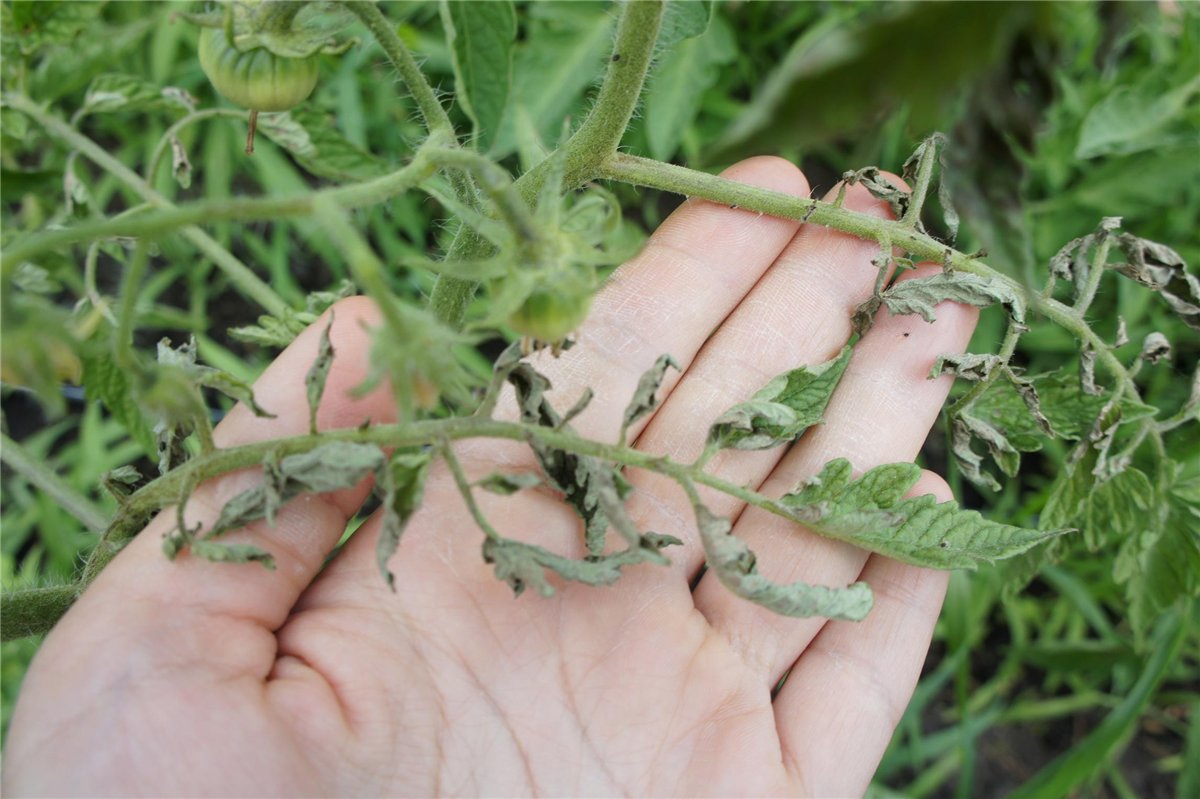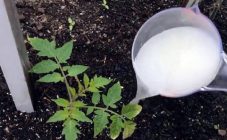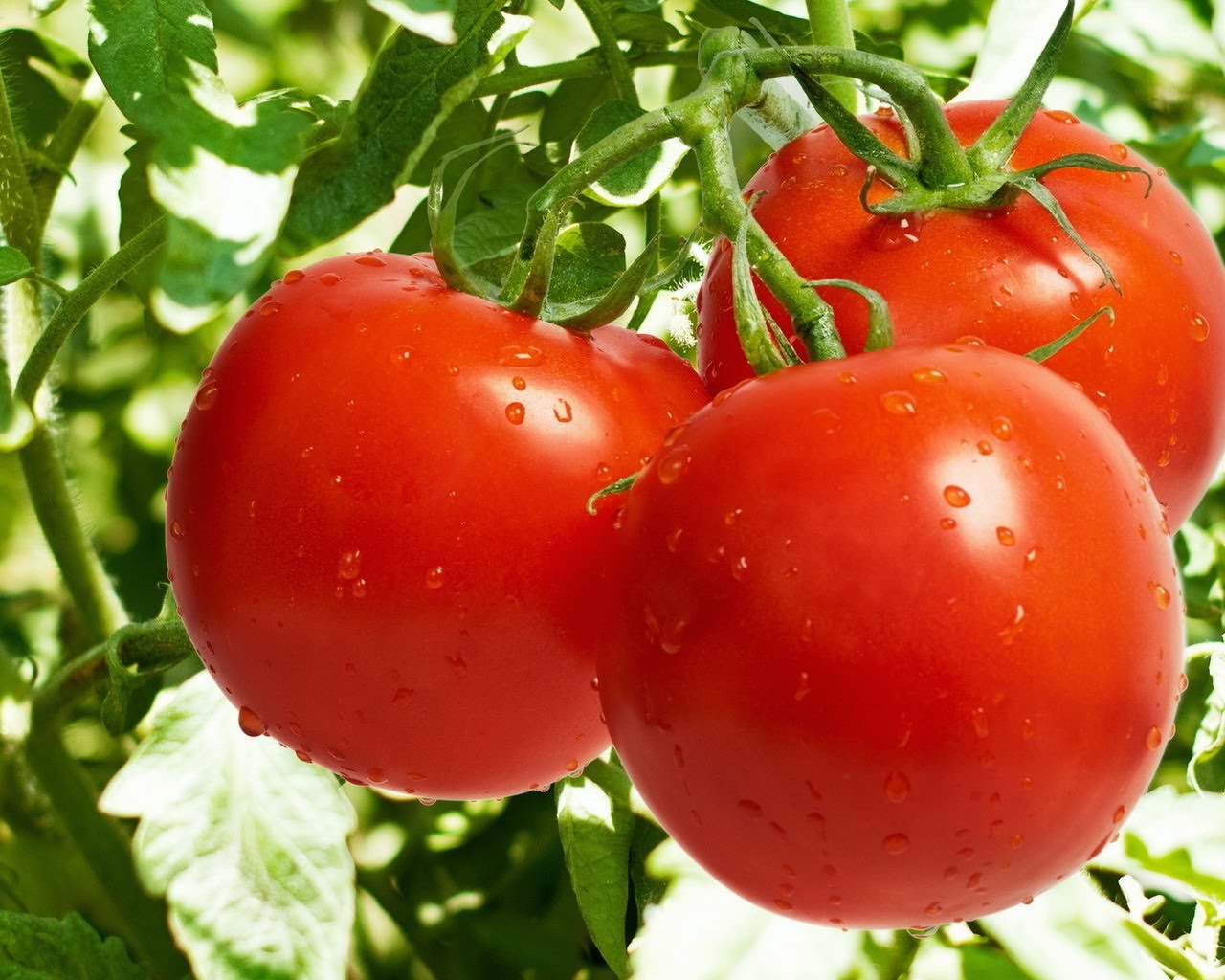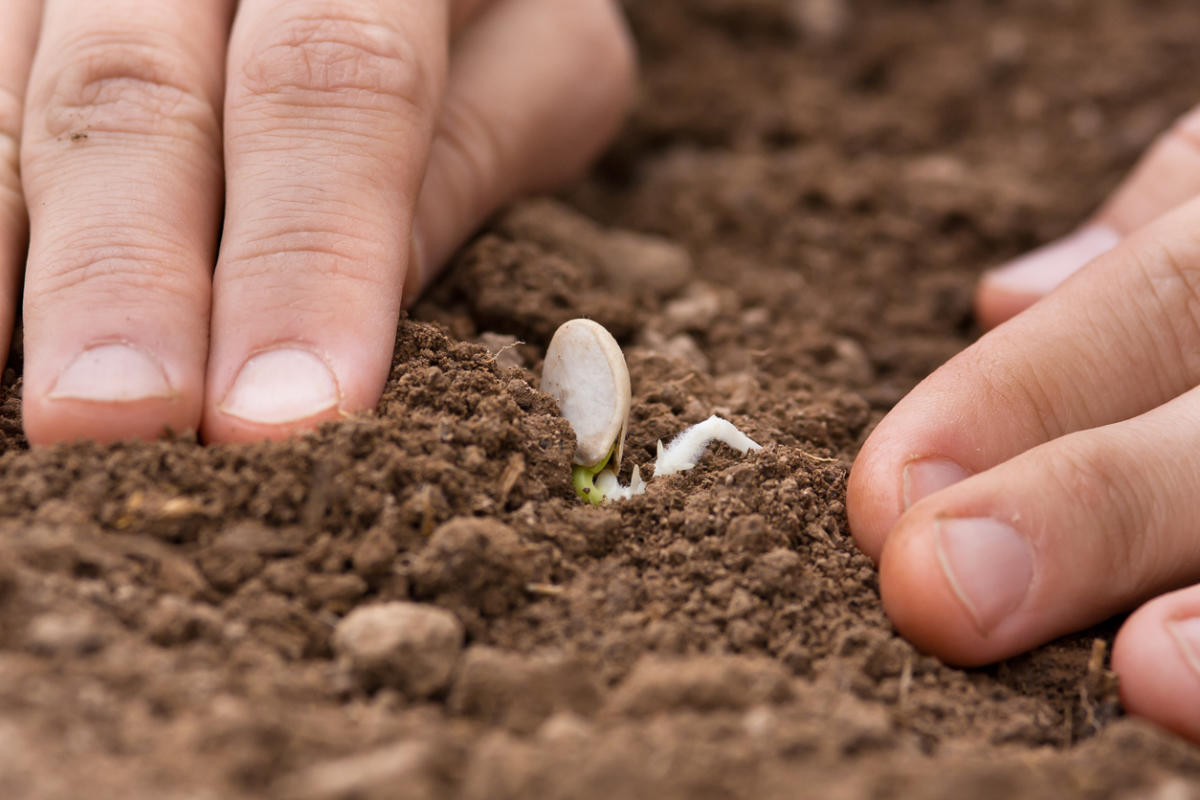Content:
Tomatoes are a tasty and healthy vegetable that belongs to the nightshade family. Experienced gardeners always try to grow this culture on their plots. It should be understood that tomatoes are very demanding to care for. To get a rich harvest, you need to properly care for them. Proper care is especially important at the time of planting a crop in the ground. That is why knowledge about how to feed planted tomato seedlings into the ground, about diseases that can affect a tomato bush, is very important for every gardener, since it is this knowledge that helps to collect an excellent tomato harvest from year to year.
Top dressing - why can't you get a crop without it
All popular varieties of tomatoes are hybrids that were artificially bred by humans. Accordingly, such tomatoes cannot grow, and even give many large and tasty fruits without human help. Tomato bushes must receive the necessary nutrients: nitrogen, phosphorus, iodine, potassium. It is impossible to take so many useful microelements from the soil, since every year crops take such necessary substances from the ground. That is why a person has to add them on his own, feeding the plants throughout the entire growth period and, of course, during the period of ovary and fruiting.
What and when to fertilize seedlings
All possible options for fertilizers can be roughly divided into two groups: organic and mineral (inorganic) fertilizers.
Organic fertilizers
Fertilizers that have been obtained through natural processing by nature are called organic. Traditionally, this type of substance includes:
- Manure is the most popular fertilizer for tomatoes, especially in rural areas where this option is most readily available. You can feed with manure at any time during the growth of the bush, including after planting in the ground. Manure is very rich in nitrogen, it is optimal to apply it under the bush two weeks after planting in the ground.
- Bird droppings are another richest source of nutrients for tomatoes. Poultry droppings and water must be combined in a ratio of 1/10. Many experienced farmers advise, first of all, to water with this solution immediately after placing the seedlings in the ground.
- Ash is another popular form of top dressing at the stage of tomato planting. Ash is great for protecting the seedling from pests and replenishing the lack of trace elements, since it is very rich in potassium and calcium. You can use ash in dry or liquid form (you need to prepare a solution) on the 10th – 15th day after the tomatoes are planted in the ground.
- Iodine - summer residents are most often skeptical of this fertilizer, which is very unreasonable. With the correct introduction of iodine into the soil, you can get an unprecedented yield of large tomatoes. Iodine will accelerate the ripening of the fruits and increase their taste. For 3 liters of water, you need to add one drop of an alcoholic solution of iodine and water the young tomato bushes. It is recommended to repeat top dressing when the first fruits appear.
- Compost is a very effective top dressing, which consists of food waste, vegetable peelings, plant remains, paper. It is recommended to add sawdust or manure to the compost for greater efficiency.Sawdust applied soil requires more nitrogen. Ideal compost is obtained only after 8-10 months of aging, it is saturated with beneficial microorganisms that promote decomposition. You can feed with compost 5-7 days after planting in the greenhouse.
- Sawdust can also be used as an independent fertilizer when planting tomatoes.
- Biohumus is a biologically active natural organic fertilizer, which is formed during the processing of organic matter in the soil by worms. In the process of processing, worms saturate the earth with useful trace elements, enzymes and hormones. Vermicompost is usually added when digging up the soil or directly with seedlings of tomatoes of any breed, adding fertilizer to each hole.
Mineral fertilizers
- Mineral fertilizers are composed of inorganic compounds and are most often specially produced by humans. It is worth knowing that there are both simple and complex fertilizers. In simple ones, one element predominates, and complex ones contain many different substances.
- Phosphate fertilizers are classified as simple fertilizers. Phosphate fertilizers strengthen the root system, increase the number of fruits, and also change their color for the better.
- Superphosphate - This fertilizer has proven itself very well. It is sold dry and poured into the hole before planting (15-20 g per hole). The solution is also effective. For its preparation, 50 g of superphosphate is diluted in 5 liters of water. The solution is poured over the bushes after planting about half a liter per bush. Superphosphate should not be applied together with nitrogen-containing fertilizers and lime.
- Bone meal is recommended to be introduced into the hole at the time of transplanting seedlings (20-30 g per hole). The flour contains about 20% phosphorus.
- Diammophos contains more than 50% phosphorus and is introduced into the well before planting once (15-20 g per well).
- Nitrogen fertilizers are also essential for a good tomato harvest. Such fertilizers are responsible for the growth of the bush and flowering. The lack of nitrogen is indicated by slow growth of seedlings and yellowing of leaves.
- Ammonium nitrate is the most affordable and popular type of nitrogen fertilizer. It contains about 30% nitrogen. But you need to be careful with saltpeter! An incorrect dosage can lead to the fact that the growth of the bush, on the contrary, slows down and the leaves become dark in color. Experienced gardeners recommend using saltpeter before planting (2-3 g per hole).
- Urea contains about 50% nitrogen and is an excellent food for young tomatoes. This feeding can impair the number of fruits. Unlike saltpeter, urea is calmer, since with foliar exposure it does not burn the bush and it is not so scary to increase the dosage, but it is still better to be careful.
- Potash fertilizers are great for softening the soil, which affects the rapid growth of tomatoes.
- Kalimagnesia not only contributes to a good harvest of tomatoes, but also protects the bushes from diseases. 1 tablespoon of dry preparation is added to the well.
- Potassium sulfate contains about 50% potassium and improves the soil best of all. About 2-3 g of dry fertilizer is applied to one hole.
- Potassium nitrate is a complex fertilizer containing several useful elements. It is used most often when planting dry tomatoes (2-3 g per hole).
- Nitroammofoska is an excellent complex fertilizer. It contains nitrogen, potassium and phosphorus, and many other important substances. Thanks to this, Nitroammofoska helps young tomatoes fight diseases, and the tomatoes themselves grow faster.
The list of various mineral fertilizers created during the existence of the Soviet Union by scientists and agronomists of the country is very large, it is impossible to count all of them in one article.But still, one cannot fail to note the following drugs, which are deservedly popular among gardeners and truck farmers in Russia:
- "Athlete" for tomatoes is a popular drug that controls the growth of fruits. When buying, you must carefully read the instructions on how to use the "Athlete" for tomato seedlings, since spraying with this product takes place in several stages. The use of "Athlete" for tomatoes must be strictly controlled, otherwise it will slow down the growth of bushes.
- Borofoska is a universal top dressing that most gardeners prefer. Borofoska contains large amounts of boron, potassium, phosphorus, magnesium and calcium. Such a huge amount of useful elements has a positive effect on the growth of tomatoes, strengthening the root system and immunity of young tomatoes. The dosage of the drug is 80-90 g per 1 sq. m.
- Zircon is another drug that enhances the growth of tomatoes. "Zircon" - instructions for use for tomato seedlings: add 4 drops per 1 liter of water and water the seedlings.
How often to water planted tomatoes?
Tomatoes love moisture, but do not water young seedlings too often, this can be very harmful to the root system. It is recommended to water young tomatoes once a week.
Seedling-threatening diseases and methods of dealing with them
All gardeners who have set a goal to grow a healthy and rich harvest of delicious tomatoes should be aware of what diseases can affect seedlings immediately after planting in the ground.
Diseases of seedlings planted in the ground can be divided into 4 groups: fungal, viral, bacterial and non-infectious.
- Fungal diseases - occur most often due to excessive watering of seedlings. Fungal diseases manifest themselves in blackening of tomato leaves, the appearance of white spots and powdery mildew, twisting of leaves, their yellowing and drying. In order to avoid such manifestations, it is worth carefully preparing the soil for planting and choosing the optimal place - the light should fall on the tomatoes. If the seedlings have the above signs, then it is recommended to treat them with a manganese solution or buy the necessary preparations in a specialized store. For example, "Quadris", "Barrier" or "Barrier".
- Viral diseases are very dangerous, as they completely affect the bush and fruits. If white spots appear on the seedlings, the plant turns yellow and dries up, then it is already infected with a virus. It is difficult to fight viral diseases. Better not to plant such a bush. To avoid such problems, you also need to soak tomato seeds in a solution of potassium permanganate.
- Bacterial diseases - caused by bacteria. Signs that the bush is infected with a bacterial disease are as follows: brown, black, yellow, purple spots appear on the leaves. The drugs that can help are "Aktara", "Mospilan", "Mitolavin". You should inspect the bush and already use it to determine what disease could infect the bush, read the instructions when buying medicines.
- Non-communicable diseases - caused by poor seedling care, improper fertilization. This includes a lack of nitrogen, potassium, phosphorus, calcium. With a lack of nutrients, the leaves curl, may turn black and not bear fruit.
Novice and experienced gardeners need to closely monitor the condition of the seedlings, for each seedling, for the seedling, in order to finally get a rich harvest of tasty, healthy and large tomatoes.
